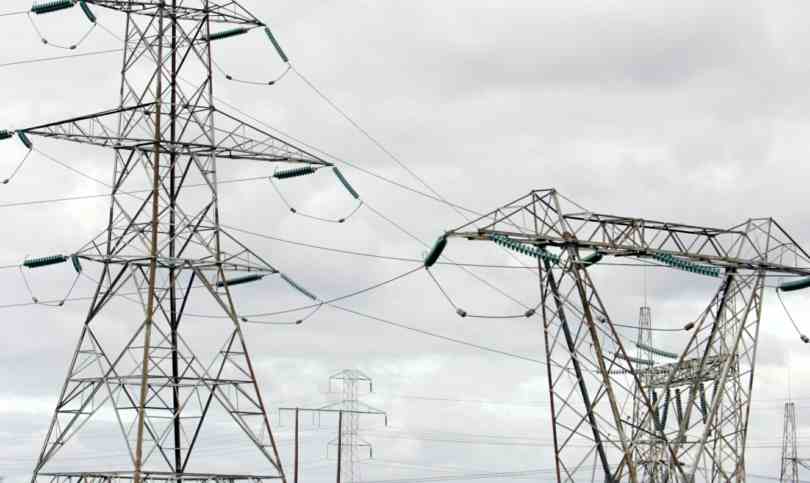Ireland could experience electricity shortages over the coming years as demand increases and older power plants close, according to a report from EirGrid.
The grid operator’s annual Generation Capacity Statement examines the likely balance between electricity demand and supply from 2021 to 2030, and concludes that if no action is taken, there is the potential for a shortfall in supply over the next five winters.
Chief executive Mike Foley said: “We expect system alerts to be a feature of the system over the coming winters and this winter is likely to be challenging.”
Since January 2020, there have been eight system alerts in Ireland due to a combination of factors including periods of very low wind, limited interconnector support from Britain due to its tight margins, prolonged outages at two large gas generators due to technical problems and the impact of Covid-19 on maintenance schedules.
In preparing the report, the two grid operators on the island, EirGrid in Ireland and SONI in Northern Ireland, consulted widely with industry participants and used the most up-to-date information.
The report found that despite a short-term reduction in electricity use due to Covid-19, demand in Ireland is on the rise and, long term, it will increase significantly due to the expected expansion of large energy users.
Large users, such as energy-intensive data centres, are expected to account for 27% of electricity consumption by 2030.
In the the next five years around 1,650 megawatts of generation capacity will retire in the Republic, with up to a further 600 MW retiring in the North, says the report.
Foley commented: “It is clear from the report that new, cleaner gas-fired generation plant is required now to address this issue, especially for when wind and solar generation is low.
“Appropriate volumes of dispatchable flexible gas generation are critical to support the transition to a low-carbon power system into the next decade, as we move to 70% renewables by 2030 and, ultimately, a zero-carbon power system.”
Looking to 2030, the report says demand is set to increase as consumers find new ways to use electricity, most of which will be met from wind and solar energy as the power system is reshaped to meet the government target of at least 70% of electricity demand coming from renewable sources by 2030.
Don't Worry, Says CRU
Responding to the report, the Commission for Regulation of Utilities said that it will address the shortfall. It has outlined a ‘security of supply programme’ to cover any shortfall in capacity, and said: “The CRU will take ownership of this programme of work and will ensure delivery, working in cooperation with EirGrid, the Department of Environment, Climate and Communications, the energy industry and other stakeholders.”
The programme includes the delivery of more than 2000MW of enduring flexible gas-fired generation capacity by 2030, to provide for growing demand, replace retiring generators and support additional penetration of renewables.
In the shorter term it also includes procuring up to 300MW of temporary emergency generation capacity for winter 2022-2023 until the necessary replacement capacity has been secured. This capacity will not operate in the Single Electricity Market (SEM) and will only be called upon in the event of a shortfall in market-based capacity and where the alerts on the system are likely, the CRU stated.
Older generators will have their service life extended and the CRU said it would speed up work on regulatory frameworks for delivery of two new electricity interconnectors, the 700MW Celtic interconnector to France and the 500MW Greenlink interconnector to Britain, due for completion from 2025 to 2030.











